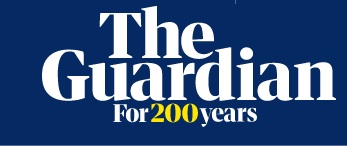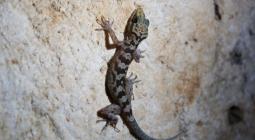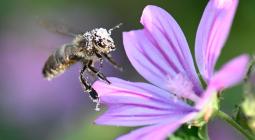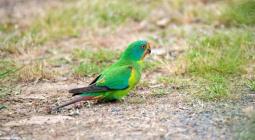Human-driven extinction of bird species twice as high as thought, study says
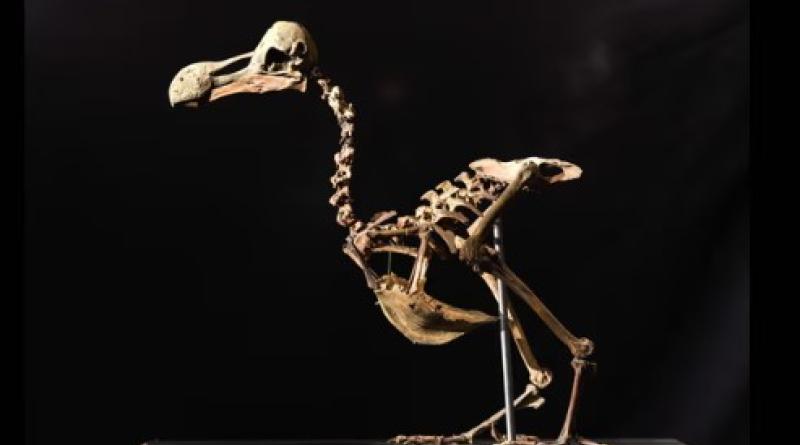
About 12% of the world’s bird species have been driven to extinction by human activity, new research has found – double previous estimates.
The study, published in Nature Communications on Tuesday, estimates that about 1,430 bird species have died out since the Late Pleistocene period, which started about 120,000 years ago.
Known bird extinctions, identified using fossil or other records, account for about 640 species. The new estimate includes the birds that went extinct without the event being recorded – what scientists call a dark extinction.
“We know we have lost iconic birds like the dodo, but we wanted to get a better estimate of the bird extinctions we didn’t know about,” said Dr Rob Cooke, an ecological modeller at the UK Centre for Ecology and Hydrology and the paper’s lead author.
To calculate the number of unknown extinctions, Cooke and his team extrapolated from the 640 bird species known to be extinct using a statistical model. The model used New Zealand as the baseline for bird species loss on the basis that the country had zero unknown extinctions.
“New Zealand was the benchmark, it has the most complete bird record based on found fossils and bird observations, so that is the zero point, there is nothing unobserved in New Zealand.”
Using the New Zealand data, the team created an estimate of how many species might have lived on an island. They then subtracted the number of known extinctions, and the remaining living birds. The result is the number of undiscovered extinctions.
The study focused on island bird populations because non-migratory birds cannot easily disperse. “Islands are the best place to study extinctions: 90% of extinctions are on islands, because island birds have nowhere else to go,” Cooke said.
Deforestation, overhunting, fires and invasive species are key causes of bird species loss, Cooke said.
The team’s new bird species extinction total of 1,430 may be on the low side, Cooke said. “The losses could be even higher, maybe up to 2,000, but we wanted to be conservative.”
Major extinction events occurred in the 14th century, the paper found, when “the largest human-driven vertebrate extinction wave reported to date” prompted species loss in the eastern Pacific at nearly 100 times the natural extinction rate. The extinctions were driven by human settlement, which brought deforestation and the introduction of invasive species.
High numbers of bird extinctions, the paper says, are a loss for “our understanding of avian species richness, ecological diversity and evolutionary history”.
“The world is emptier than we realise,” Cooke said. “And these missing birds are a loss to our imagination.”
Also missing are the important roles these birds would have played in the wider environment. Birds play a vital role in Earth’s ecosystems spreading seeds, pollinating plants, cleaning up carcasses and helping to fertilise coral reefs and the land with their droppings.
Known bird species losses, the paper said, include “extinct megaherbivores such as the elephant birds (Aepyornithidae) of Madagascar, which influenced plant structure and diversity and ecosystem dynamics, extinct aerial predators such as Haast’s eagle (Hieraaetus moorei), and extinct seed-dispersers such as Seychelles parakeet (Psittacula wardi).”
Dr Alexander Lees, a reader in biodiversity at Manchester Metropolitan University, who was not involved in the research, said: “That the study convincingly shows we have mismeasured the avian extinction crisis does not surprise me at all. Most birds have very small bones and don’t fossilise easily; many islands are not conducive to fossil formation; and in many places no one has looked for fossils at all.”
The estimated bird extinction rate tallied with recent estimates of mollusc extinctions, he said, and was “a useful way of approximating the extinction crisis and understanding what we have lost”.
Future extinctions, said Cooke, would continue if the world carried on as normal. Previous research by the same team of scientists suggests the world is at risk of losing another 669 to 738 bird species over the next few hundred years, with species facing increasing pressure from the climate crisis, diminished food sources and deforestation.
“Recent conservation has saved some species, and we must now increase efforts to protect birds with habitat restoration led by local communities,” he said. The future for bird species “is up to us”, he added.
